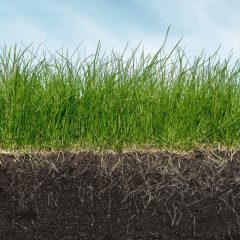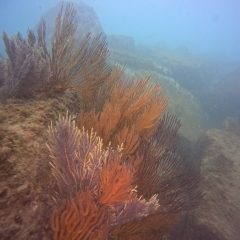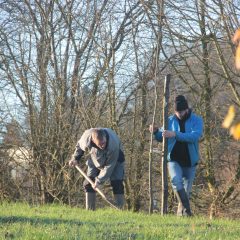Dossier Water in agriculture
- Spatial policy
- Landscape design
- Open space
- Desealing
- Rural development
- Agroforestry
- Agro-ecology
- Water
- Climate change
- Ecosystem
It often rains in Belgium, and yet, the demand for water is higher than what our groundwater resources and rivers can support. This will certainly be the case in the future, where we can expect more weather extremes, i.e. also more dry periods, in Flanders. How can the agricultural sector prepare itself?
Ga naar Expertisecentrum Landbouw- en Klimaat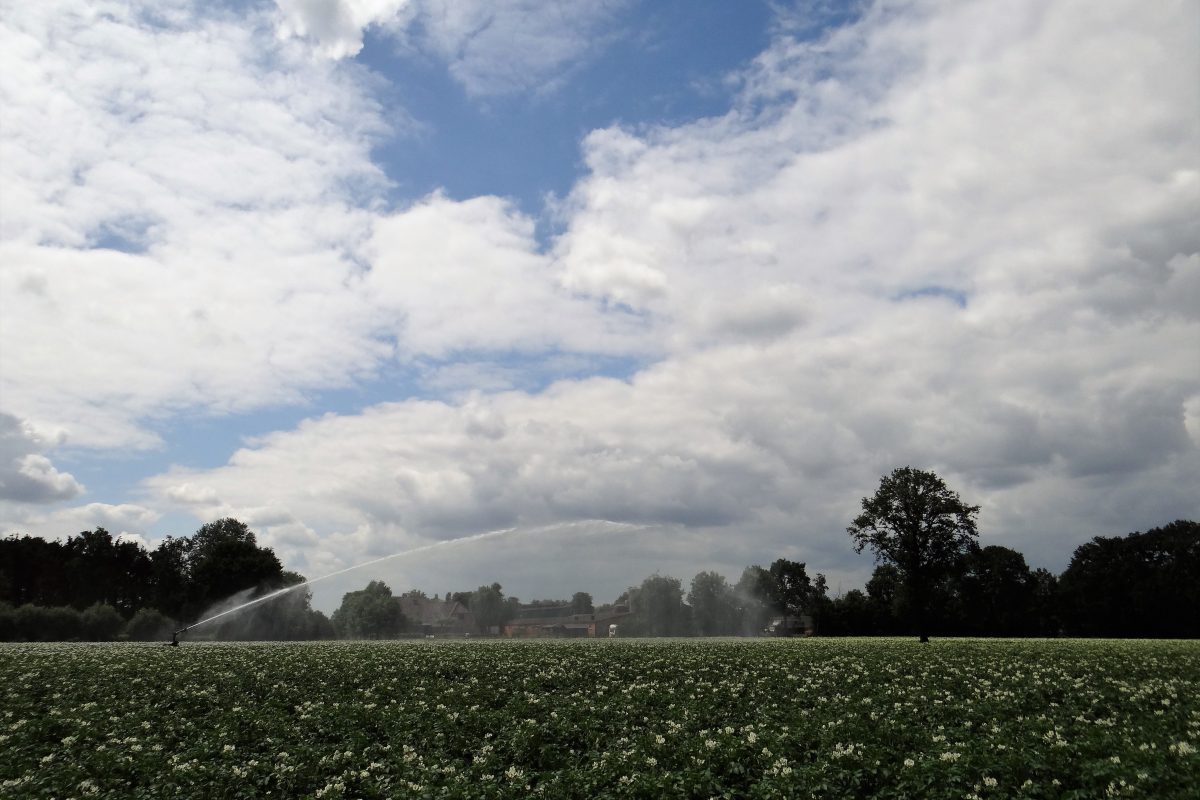
What does ILVO do?
-
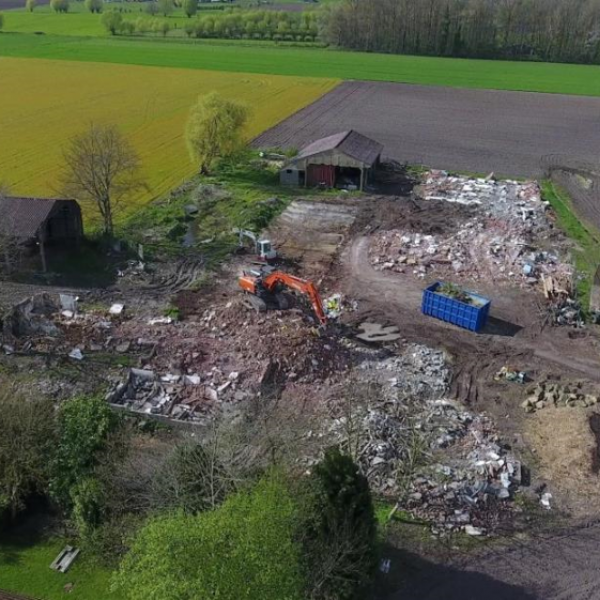 Together with various water users in the same landscape, ILVO is literally making room for water.
Together with various water users in the same landscape, ILVO is literally making room for water. -
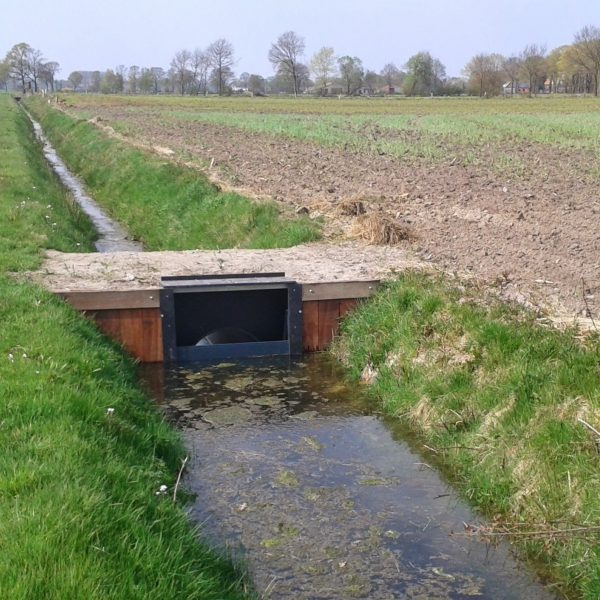 ILVO joins the Belgian Soil Service and various practical research centers, to study how we can reduce water losses via drainage.
ILVO joins the Belgian Soil Service and various practical research centers, to study how we can reduce water losses via drainage. -
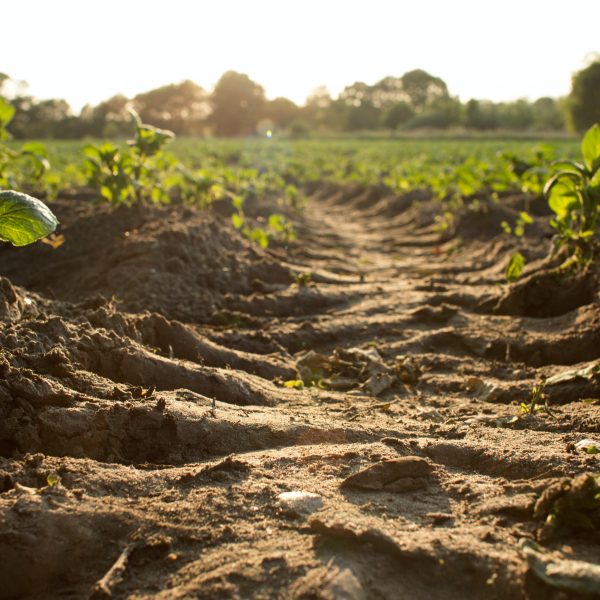 Soil structure is a crucial factor in how well water can infiltrate and be captured. ILVO studies how to improve soil structure.
Soil structure is a crucial factor in how well water can infiltrate and be captured. ILVO studies how to improve soil structure. -
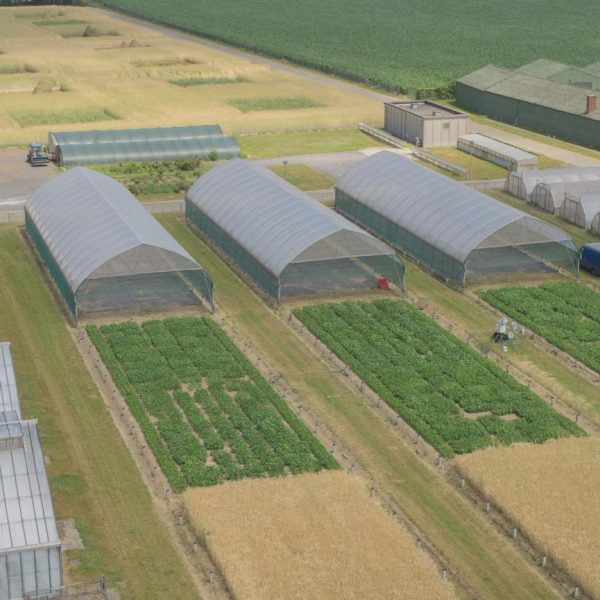 ILVO tests varieties of known crops, new crops, and entire agricultural systems with potential for being more climate robust.
ILVO tests varieties of known crops, new crops, and entire agricultural systems with potential for being more climate robust. -
 Various ILVO projects are exploring how to improve water use on farms and irrigation recommendations.
Various ILVO projects are exploring how to improve water use on farms and irrigation recommendations.
Too much water, or too little water in Flanders?
It often rains in Belgium, and yet, our country is high on the global ranking of regions with water stress. This means that we are at a high risk for situations in which not all water users can still get enough water to meet their demands. This will certainly be the case in the future, where we can expect more weather extremes due to climate change and, therefore, also more dry periods or heavy showers with flooding. Combined with our high degree of urbanization, the amount of paved area, and our population density, this means that our water resources are under pressure. Even though we have the feeling that it rains a lot here and that there is enough water available…
Is that the farmers' fault?
Looking at the figures, agriculture in Flanders is not the largest consumer of water: only approximately 9% of the total water consumption comes from agricultural activities. However, there are large regional differences. In West Flanders, for example, that figure is 40%. This is also due to the large differences between types of agriculture. Livestock and vegetable production, for example, consume a lot more water than arable farming.
Yet, conversations often revolve around the agricultural sector when it is dry. This is because agriculture, like nature, is very vulnerable when there is not enough water.
How can the agricultural sector do better?
In general, the agricultural sector, like other users, must give water a place on the farm and in the landscape. Keywords are infiltration, buffering, and reuse.
- Infiltration: In other words, certainly no more hard paving and preferably even a ‘softening’ of the landscape. And instead of draining water directly through streams and drainage infrastructure, the opposite: stop water from flowing away and give it time to infiltrate through the soil.
- Buffering: Here, we are talking about increasing the storage capacity of water on the farm. Maximum rainwater storage for later reuse, for example.
- Reuse of water: Examples of reuse can already be found in the sector, like a frozen foods business that lets the rinse water from the vegetables flow back to the fields of the vegetable growers after purification through a shared infrastructure. In livestock farming, there are examples of businesses that want to purify the liquid fraction of manure to irrigate grassland.
Which agricultural sectors consume the most water?
Currently, greenhouse horticulture
and livestock farming consume the most water. In greenhouse horticulture, a priority is to make maximum use of circular water flows and efficient irrigation techniques. In livestock farming, we need better figures to know which water flows can be reduced. The quality of the water also plays a role here, even when it comes to drinking water.
What long-term solutions are there to better deal with long periods of drought?
We must put maximum effort into infiltration, buffering, and reuse, certainly in the long term.
- Soil management: We know that a good soil structure ensures that not only can water infiltrate through it well, but also that the water is retained. There are many things that influence this: soil cultivation, adding organic materials, etc. It is also often very dependent on local conditions. Further research is needed, but the growers aren’t standing still; they’re often already experimenting on methods to take the best possible care of their soils.
- Infrastructure: Work on an efficient local irrigation infrastructure for and by the group of local water providers and water users, so that water can be buffered and collected and distributed throughout the area when needed.
- Crops: Choosing crops that are drought-tolerant is also a good idea, of course. There is also a role for agriculturalists working on strain improvement and seed producers.
What is the impact of climate change on the water table?
This is a complex story and, unfortunately, there is no clear answer. The impact of climate change on groundwater that is close to the surface isn’t even obvious. In general, we expect less precipitation in summer but more in winter due to climate change in Flanders. And groundwater is mainly recharged in the winter. But there are some models and scenarios that predict that this groundwater recharge will rise in Flanders due to climate change, and other models and scenarios that say that the groundwater recharge will fall.
The uncertainty on future predictions of groundwater recharge is therefore enormous. Unfortunately, observations of groundwater levels in recent years have increased the likelihood that the effect will mainly be a decrease in groundwater levels. For groundwater deep below the surface, it will mainly depend on whether we will be ‘obliged’ to pump more groundwater from deep underground due to climate change and water shortages, and whether or not the government (Flanders/Europe) will allow this.
What is the impact of climate change on the surface water?
More extremes in the weather means more extremes for the surface water. So we can expect more floods as well as very low flow rates (-30% – >-70% in summer) in the future. Hence the need for extraction bans in order not to endanger vulnerable nature, shipping, drinking water production, cooling water for industry, etc. downstream. In addition, rivers often flow through different regions and countries and it is therefore necessary to coordinate the water management and policies of the regions and countries. The Meuse is a good example of this.
How can we responsibly store and irrigate water in the agricultural sector?
That is a big challenge. If the trend continues, the irrigated area will increase. In combination with a rising demand for water from other users and decreasing stocks, this is not a good trend. Yet ILVO believes that there is a future for irrigation in agriculture. But how? For good irrigation practices in Belgium, we can learn something from countries in which irrigation has long been established.
- Irrigation control: By monitoring the soil-plant system with sensors on the field and/or in the air, we can predict how much water is needed and when with much more accuracy.
- Irrigation techniques: In Flanders, the reel on the field is still often used for irrigation because it is a mobile installation and the need to irrigate used to be minimal. When it is dry for longer periods, other irrigation techniques are probably preferable. Drip irrigation is the obvious example, but there are also many factors that influence efficiency within sprinkler irrigation.
Sarah Garré: “Last, we have to look at the bigger picture. For example, we currently have no insight into the specific water consumption of products that are mainly intended for export. However, this export of ‘virtual’ water has an impact on our local water balance. And what about the cost price of water? When does water really start gaining ‘weight’ in the economic balance of all water users?”
How is ILVO contributing to the solution?
Climate change and water management are closely related. That is why Sarah Garré coordinates the research on the theme of water, agriculture, and climate within the Center of Expertise for Agriculture and Climate (ILVO-ELK), in which many ILVO scientists from a variety of disciplines are involved. This is how ILVO further develops water-related research and sets up strategic research to meet the water challenges of the future.
Sarah Garré: “To make Flemish agriculture resilient to climate change, drought, and flooding, we must, on the one hand, increase the supply of water and spread it out over time, and on the other hand, reduce the demand for water.”
Together with those involved for a systemic approach
It is very important to pay attention to the impact of measures on the entire agri-ecosystem. ILVO does not want to create a new problem by solving another problem. This is only possible if we use a systemic perspective and think structurally in the long term. ILVO does this by brainstorming with farmers and other water users about problems and solutions, from farm to fork. A good example of such a collaboration is the WaterProtect project, in which ILVO supported local area coalitions in improving the water quality of streams and rivers together with farmers in a region.
What’s happening out in the field?
Farmers and businesses also take a lot of initiative themselves. This can range from promoting infiltration in fields with infiltration pools, swales, and weirs in canals to designing efficient irrigation equipment, to experimenting with mulching techniques and agri-ecological principles. These pioneers sometimes experience the complexity of Flemish water management, which is branched out into various institutions with specific regulations and approaches. Here, too, ILVO has room to improve to work together with farmers and governments on a more efficient policy.
In summary
ILVO is committed to increasing the water supply and reducing water demand with research ranging from plants to landscapes. The focus is on structural solutions, with a focus on systems thinking.
Contact an expert

Research projects





